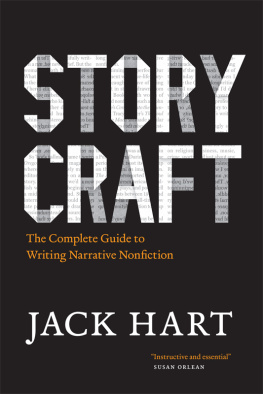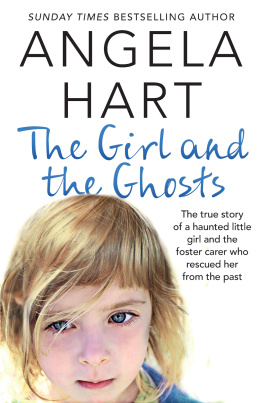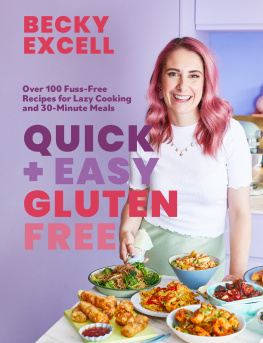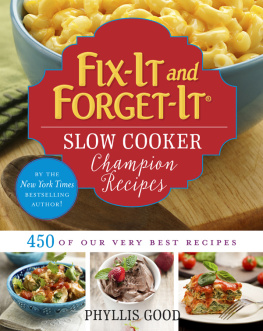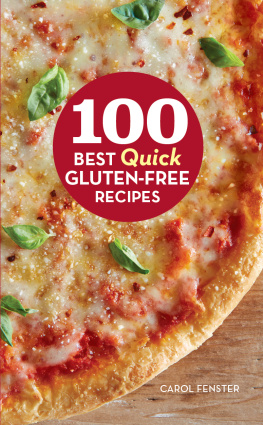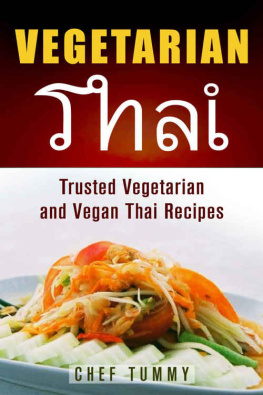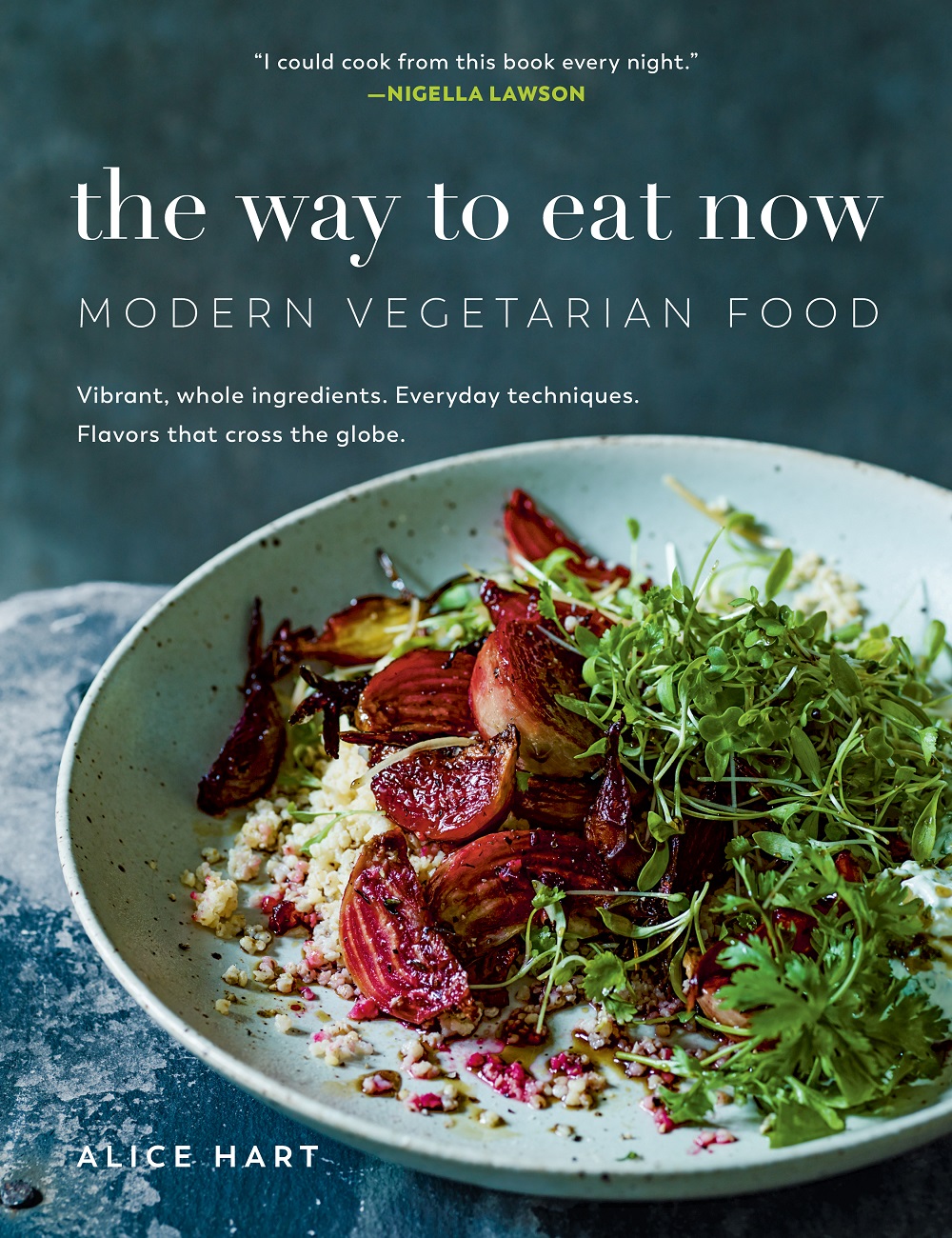

CONTENTS
Introduction
This is my second book on vegetarian cooking, and the culinary climate has indisputably changed for the better in the five or so years that have passed since I wrote the first. Rather than being relegated to the sidelines or dismissed as problematic, vegetarian food is now, rightly, widely celebrated for its diversity and myriad benefits, whether for health or in terms of cost or the environment. The time is right for a book packed to the rafters with ideas and a rainbow of colors, so you never need wonder what to cook for any occasion.
You might be looking for inspiration after a lifetime of vegetarianism, or seeking ideas for new meat-free meals; there will be recipes here for you, almost all based on our sheer and fabulous variety of fresh produce. There are chapters on should suit all.
Both the chapters cover midweek eating, with faster cooking and, usually, fewer ingredients, to get supper on the table without much fuss or expense. A note on quick cooking: I want you to feel inspired and happy to be in the kitchen, rather than coaxed there with broken dreams of supper-in-six-minutes-using-only-three-ingredients. Quick, for me, means a good supper in thirty minutes or so... and time to unwind as I cook. Based on this premise, I hope you will forgive me for failing to hit the frenzied fifteen-minute mark in most cases....
, for example) will also do just as well later in the day.
I feel that the key to satisfying vegetarian cooking is in contrast. This is most evident in East Asian recipesyou will find many herewhere the balance of hot versus cool, crisp versus soft, sweet versus sour, chile heat versus refreshing herb, is all. The theory has legs beyond East Asia though and, if you bear it in mind, will add so much to your cooking, even if it is simply in making a perfectly balanced salad dressing or adding hot toasted nuts to a cool dish as a final flourish of texture and temperature. Consider texture and temperature as much as taste; it will elevate your cooking. So will putting effort into the basics: A patient and wise cook will tease out extravagant base flavors as, say, a chopped onion slowly caramelizes in oil or butter, adding revolutionary flavor to their finished supper. Never trust a recipe that tells you to soften an onion in three minutes!
Any food writer has to pick a level at which to aim, from three-ingredient, five-minute cheats for novice cooks right through to high-end, restaurant-style projects for the ambitious and highly skilled reader. The level of this book, if you will, is that of keen and interested home cook, as I find many vegetarians to be. I assume you have a good array of spices in your pantry and wont mind being generous with fresh herbs. The sheer variety of fresh produce available to many of us is astonishing and inspiring, and this forms the basis of this book, so you will have to forgive the odd weird and wonderful vegetable or less common herb creeping in. You will find advice on where to find them, and I have always tried to bear the fraught supermarket shopper in mind, suggesting good alternatives to any unusual additions.
Thoughtful eatingby which I mean healthy with a good dose of common senseshouldnt be tricky and neednt be patronizing. I find the popular practice of demonizing certain foods an utterly joyless experience; far better, I think, to eat natural and unprocessed most of the time and let life take its enjoyable course for the rest. In a nutshell: Eat a rainbow of vegetables (most of the time) with real ingredients rather than processed (most of the time)... which is where the .
Still considering raw foods, I run through sprouting for beginners, achievable ways to ferment and how to incorporate seaweed in your cookingall incredibly nutritious habits, and enjoyable and delicious rather than worthy. It makes sense to me, for example, to soak nuts and seeds when the idea strikes and I have a spare minute. Put simply, the soaked nut or seed (or, indeed, grain) gets ready to sprout. Slowly dried out or not, the texture and taste improve, too; almonds, for example, plump up and taste fresh and true with a milky snap. Even undried soaked nuts are delicious and make an interesting texture tossed through a salad or steamed grain.
I use whole grains oftennearly always, in factfavoring their rustic character and ability to keep us feeling satisfied for longer... but if a recipe would be made clumsy by their inclusion, I see no problem in using the refined equivalent. See the ingenious Malaysian fresh spring rolls known as popiah in this book: I tried making the delicate wrappers with whole-grain flour, but it lacked the elasticity needed for such a thin spring roll skin. Surely eating a wide range of colorful, natural ingredients and enjoying them is more important than the odd handful of white flour in the mix?
Grains, unrefined or not, are not always in fashion, as they are rich in energy-giving carbohydrates.... But this isnt a diet book, its a cookbook full of recipes for giving pleasure, sometimes wholesome, sometimes less so, and grains are invaluable for balance. In their dedicated chapter, they add interest as well as welcome bolster, in light, crunchy
As for sugar, that other ready carbohydrate source, I try to use naturally sweet vegetables and fruits and just enough unrefined sugar in lieu of refined versions. Unrefined sugarsfrom maple syrup to natural raw canecontribute nuanced flavor and trace minerals without such a sharp spike in energy. They are still sugars, though (not a bad thing, just a reminder). Concentrating and caramelizing the sugars in vegetables and roots through a roast in the oven or a flash in a griddle pan is a technique I use often, to add all-important zing and balance. Relishes, sambals and fresh chutneys, such as , sing with flavor as they arent packed with sugar.
chapter.
And its worth noting that cheese can be an issue for vegetarians. Rennet, an enzyme used to coagulate many cheeses, is traditionally derived from bovine stomachs. Its easy, however, to find vegetarian cheeses made with nonanimal rennet. In this book I have only used cheeses exclusively or commonly found in vegetarian form. If you are a nonvegetarian trying to eat more meat-free food, this is unlikely to concern you. The choice is entirely yours and cheeses can be swapped to suit. You will also find recipes for rudimentary rennet-free fresh cheeses in these pages, in the form of ricotta and labneh.
Protein is, perhaps, an even more important issue for vegans. The protein in nonanimal foods does not contain the full quota of amino acids the body needs, but combining certain foodssuch as dried beans, peas or lentils with whole grainscompletes the essential amino acid quota. In practice, this could be as simple as baked beans on whole-grain toast, but a grain bowl with a tahini dressing or a tofu and noodle stir-fry has the same effect. (I found it easier to avoid honey in any otherwise-vegan recipes, as it can be a contentious ingredient, and maple or date syrups are an easy swap.)
Predominantly, this is a book to celebrate fresh produce. I hope the emphasis on ebullient vegetables and bold flavors will inspire you through the seasons and occasions. There is certainly an interest in health and vitality threaded through it, but hopefully a measured and realistic strand. Above all, my intention is that you will cook these recipes for yourself and for loved ones, vegetarian or not, and that they will bring you joy.



